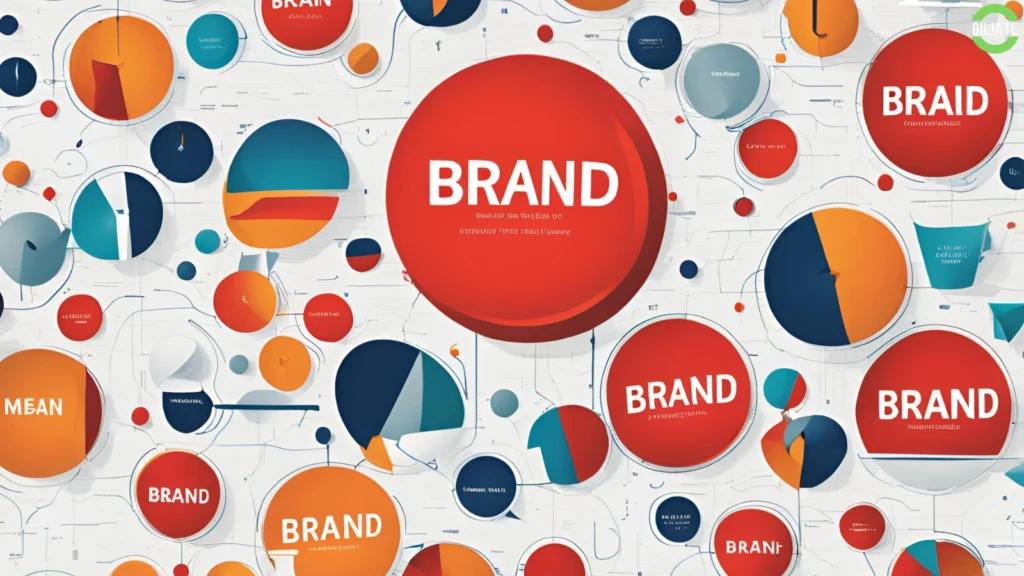User-generated content (UGC) has been touted as one of the most authentic and engaging forms of marketing, allowing brands and creators to build communities, increase engagement, and foster loyalty.
It sounds like a win-win situation — users create content for free, share their love for a brand, and brands get organic promotion.
But is UGC truly worth the effort?
For many creators, the reality of managing UGC is far more complicated and time-consuming than it first appears.
While the benefits of UGC may seem promising, the hidden costs often outweigh the potential rewards.
In this article, we’ll break down why user-generated content might not be worth the effort and how it can pose challenges that creators frequently overlook.

1. Quality Control Issues
One of the main appeals of UGC is its authenticity. However, the authenticity of user-generated content often comes at the cost of quality. When you allow your audience to create content, you relinquish control over how your brand is represented.
Inconsistent Branding
User-generated content can be poorly lit, low resolution, or misaligned with your brand’s visual identity. This inconsistency can dilute your carefully crafted brand image. Maintaining a cohesive and professional brand aesthetic can be difficult when your feed is filled with content from various sources of varying quality.
Lack of Professionalism
Unlike professional content creators, your audience might not have the skills to produce high-quality content. Brands investing heavily in their image may find UGC damaging if it doesn’t reflect their high standards.
Pain point: Many creators think that will naturally elevate their brand by showcasing a loyal community. However, the effort to monitor, review, and curate low-quality content is often time-consuming, and poorly executed can harm a brand’s credibility.
2. Time and Resource Intensive
While UGC may seem like a free and effortless way to get content, it often requires significant management. Curating, moderating, and even encouraging involves more effort than many creators anticipate.
Content Curation
You can’t simply post any content users create. Sorting through UGC submissions to find those that align with your message takes time. Not every post will be usable or fit your campaign, which means creators often spend hours filtering through content to find pieces they can actually use.
Engagement and Encouragement
To generate UGC, you must encourage your audience to participate. This can involve running campaigns, contests, or challenges. Each of these requires planning, management, and moderation to ensure things run smoothly. While these campaigns may generate excitement, they also demand a significant investment of time and resources from creators who are already juggling multiple responsibilities.
Pain point: Creators often underestimate the amount of time it takes to curate and promote UGC campaigns. What starts as an effort to engage the community can quickly become a tedious, resource-draining endeavor.

3. Legal and Copyright Issues
The excitement around can often obscure the legal complexities involved. Without proper guidelines or agreements in place, creators and brands may run into serious copyright or privacy issues.
Ownership Confusion
When users create content for your brand, who owns that content? If you don’t clarify ownership rights from the beginning, it can lead to disputes over intellectual property. Creators must ensure they have the necessary rights to repurpose and promote the content, which might involve legal agreements or releases from users.
Consent Issues
You may also run into issues with users not giving explicit permission for their content to be used commercially. Without proper consent, your brand could face legal challenges if users feel their content has been exploited for profit.
Pain point: Many creators dive into campaigns without understanding the legal implications. Navigating copyright issues and obtaining permission from users is an added layer of complexity that most creators are unprepared for, turning what should be an easy marketing strategy into a legal minefield.
4. Difficulty in Generating UGC
The assumption that users will jump at the chance to create content for your brand or platform is often misguided. In reality, generating significant amounts of UGC requires sustained effort, and there’s no guarantee that your audience will participate.
Low Participation Rates
Even with the promise of rewards, contests, or features, user engagement can be minimal. Most followers consume content passively, and it’s a challenge to motivate them to create content, especially if there’s no strong incentive.
Inconsistent Flow of Content
When you rely on UGC, there’s no guarantee that content will be produced regularly. This lack of consistency can make it difficult to maintain an active content schedule. Unlike professional content creation, which can be scheduled and planned, UGC relies on the whims of your audience, which can lead to dry spells where no new content is available.
Pain point: Creators often expect UGC to provide a constant flow of fresh content but struggle to maintain consistent audience participation. Low engagement rates make campaigns feel like wasted effort when participation doesn’t meet expectations.

5. Lack of Control Over Brand Message
While UGC is celebrated for its authenticity, this comes with a significant downside: lack of control. Users may unintentionally misrepresent your brand or promote messages that don’t align with your values.
Brand Misrepresentation
Users may create content that doesn’t align with your brand’s image, or worse, portrays your products in a negative light. You may find yourself tagged in posts where your product is misused, misunderstood, or shown in an unflattering way.
Difficulty in Moderation
When you open the door to UGC, you also open the door to negative or inappropriate content. Brands may have to dedicate time and resources to moderating and removing offensive or harmful posts, which can lead to reputational damage if not addressed quickly.
Pain point: The desire for authenticity can backfire when UGC goes off-brand or spirals out of control. Moderating and managing this content takes time, and the potential for harm to your brand’s image is a real risk.
6. UGC Is Not Scalable
One of the biggest challenges with UGC is that it’s not easily scalable. Relying on your audience to produce content means you don’t have control over how much content will be generated and when. This lack of predictability can make it difficult to plan for the future, especially if you’re trying to grow your brand quickly.
Unpredictable Flow
Because UGC is audience-driven, there’s no guarantee that your audience will continue to produce content at the same rate. A campaign that works well one month might fall flat the next, leaving you scrambling to produce your own content to fill in the gaps.
High Maintenance
UGC requires constant monitoring, management, and encouragement. To maintain a steady flow of content, you have to keep your audience engaged and motivated, which can be a long-term drain on resources.
Pain point: Creators looking to scale their content output will find UGC an unreliable and time-consuming strategy. The effort to maintain user engagement and the unpredictable nature of content production make UGC a difficult method to sustain long-term.
Conclusion
While user-generated content can offer some benefits, the reality for creators and brands is that it often requires more effort than it’s worth. From quality control and legal complications to the difficulty in generating participation and maintaining consistency, UGC can quickly become a resource-intensive strategy that yields diminishing returns.
For creators looking to scale, build a consistent brand, or maintain control over their messaging, UGC may not be the best route. Instead, focusing on professional content creation and maintaining direct control over your brand’s image may provide a more reliable and scalable approach in the long run.

Pingback: Use content Saturation to stand out in crowded feeds » Biliate